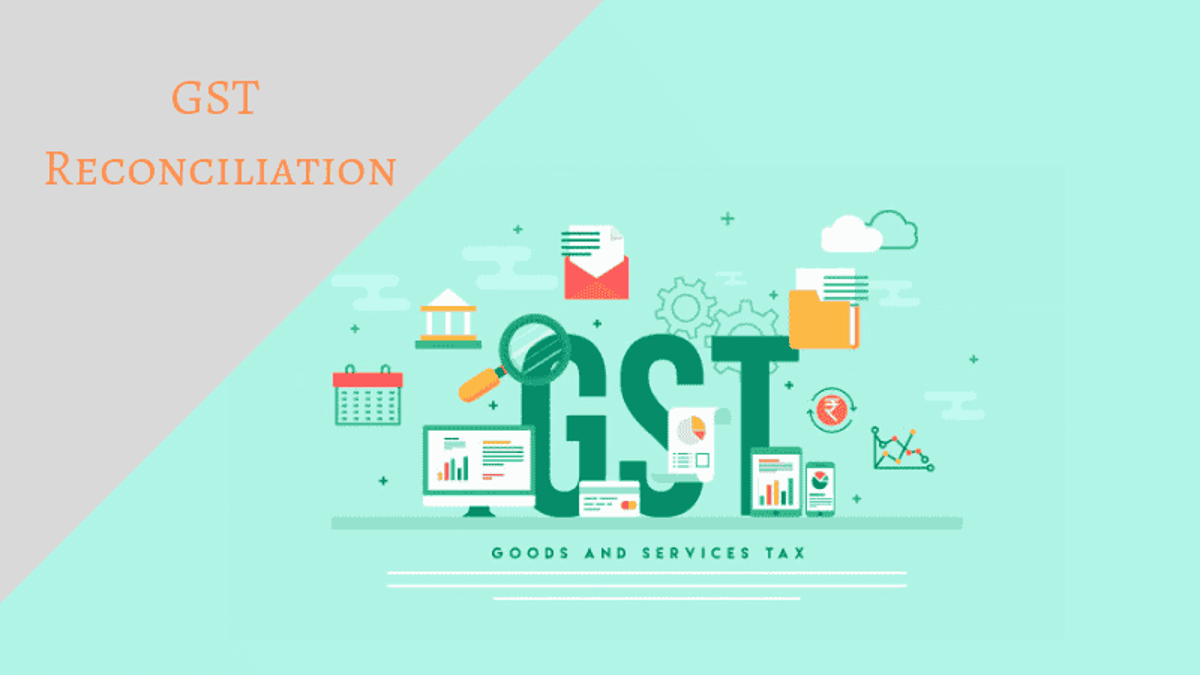Anil Tanwar | Apr 17, 2019 |

GST Reconciliation: Birds Eye View
It has been over two years since India’s greatest ever Indirect Tax change has been taken off. Right now is an ideal opportunity to really get down working and complying with the procedural prerequisites indicated under the GST Act.
One such necessity is GST returns filing and reconciling the information embedded at the taxpayers end with the information entered by our sellers. GST return designs have already been propelled by the GST authorities and government. The administration requires a ton of data from the taxpayers side. So keeping up the records in an appropriate format and manner will be the way to make the GST Return procedure bother free.
[toc]
Reconciliation, however, at first sight, resembles a basic procedure considering the automation under GST, yet truth to be told, it will devour a ton of your human asset. As you should be consistently in contact with your merchants for requesting that they make changes/modifications in the returns filed by them.
The taxpayer can view the GSTR 1 (auto-populated GSTR 2A) filed by their sellers. And the sellers will likewise have the key to access the information embedded in GSTR 2 (auto-populated GSTR 1A) of the taxpayer.
In this way, you have higher chances to discover any mismatch /missing entries in the returns filed by your sellers. So to sort out the mismatch you need to contact with each seller included. It would not be a major ordeal if the volume of transaction or invoices is less. Be that as it may if you have a large number of invoices in a solitary month. Then in such a case even by thinking about 2% probabilities of mismatches; it will be a sizable figure. Along these lines, you may require to call the sellers and get the issues understood.
Reconciliation is a process through which a taxpayer can find out discrepancies between the records maintained by you with the records of your seller or vendor.
By taking up following Matching and Reconciliation process you may find out the following mismatches in your records:
Moreover, due to these mismatches, the taxpayer can face scrutiny by the GST Authorities.
While completing reconciliation you may confront any of the accompanying three errors in particular:
Your seller and you, both have entered the invoices, yet there are some mismatches in the details of a similar invoice.
Such as:
Wherein your seller has entered the invoices however your records don’t reflect such invoices.
Wherein you have entered the invoices in your records, yet the seller records don’t reflect such invoices.
The basis behind these inconsistencies may be any of the accompanyings, however, this isn’t the thorough rundown of reason:-
You will have two choices in all the above instances of errors viz.
When the progressions are resolved and arranged in various buckets as indicated by their nature, the taxpayer should contact the supplier for dealing with such issues. Further, this will devour a great deal of time to request that sellers get their returns amended or adjusted.
The reconciliation window given by the law is from eleventh to fourteenth of the month. This period lies between the due date of filing GSTR 1, for example, the tenth of the following month and the due date to record GSTR 3B, for example, twentieth of the following month. This brief term will make it troublesome for you to associate with every single seller. So, the reconciliation shall be carried out on a regular basis and at suitable interims, in order to avoid the last minute issues that you may face in GST Reconciliation.
In this way, just trying any GST software won’t serve the requirement for doing reconciliation and manual intervention. So, you need constant help to make GST reconciliation a problem free procedure. Additionally, you ought to have frameworks set up which are fit for doing reconciliation at suitable interims.
To close, we might want to make reference to here that filing GST Returns is not a one-time action. From now on under a GST regime, there is a requirement for persistent exertion towards completing reconciliation. This will guarantee that the Input Tax Credit (ITC) loss to any business can be kept at the very least or worthy dimension.
In case of any Doubt regarding Membership you can mail us at [email protected]
Join Studycafe's WhatsApp Group or Telegram Channel for Latest Updates on Government Job, Sarkari Naukri, Private Jobs, Income Tax, GST, Companies Act, Judgements and CA, CS, ICWA, and MUCH MORE!"